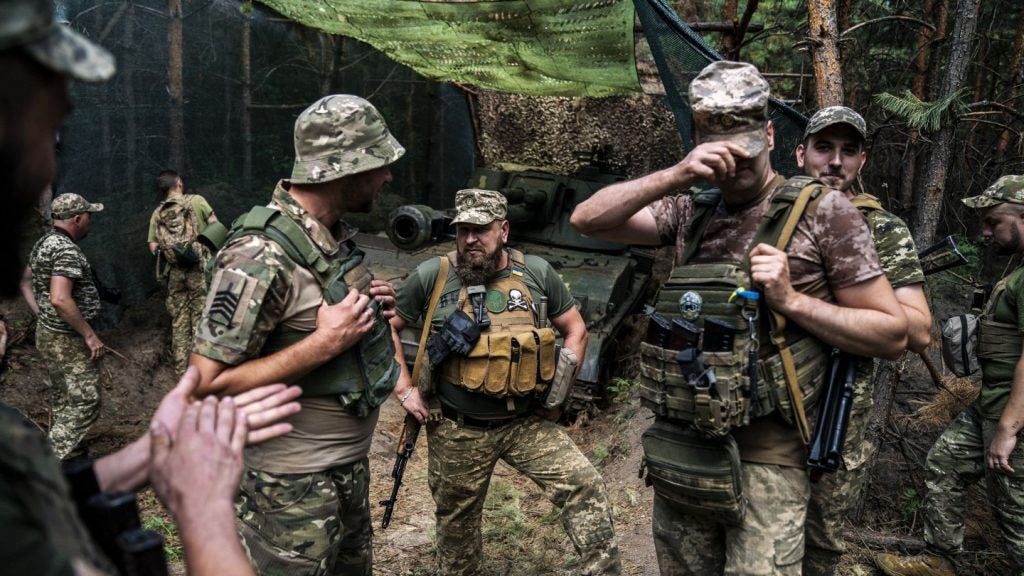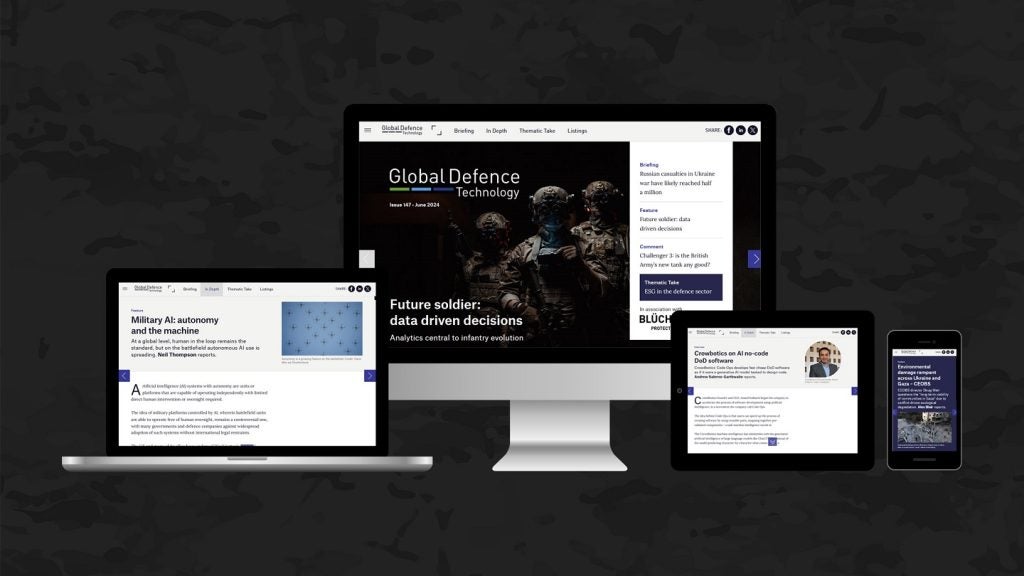
The US Navy’s Commander, Submarine Forces (COMSUBFOR) has officially begun this year’s Ice Exercise (ICEX) in the Arctic Ocean.
ICEX 2018 will see participation from three nations’ naval services, three submarines and more than 100 personnel during its five weeks of operations.
The US Navy ships involved in this year’s exercise include the Seawolf-class fast attack submarine USS Connecticut (SSN 22) from Bangor, Washington, and the Los Angeles-class fast attack submarine USS Hartford (SSN 768) from Groton, Connecticut.
In addition, the British Royal Navy has deployed the Trafalgar-class submarine HMS Trenchant (S91) for participation in the event.
The vessels are set to jointly carry out multiple arctic transits, a North Pole surfacing, scientific data collection and other training evolutions during the exercise programme.
The commencement of the ICEX 2018 exercise was marked via the construction of a temporary facility named Ice Camp Skate.
How well do you really know your competitors?
Access the most comprehensive Company Profiles on the market, powered by GlobalData. Save hours of research. Gain competitive edge.

Thank you!
Your download email will arrive shortly
Not ready to buy yet? Download a free sample
We are confident about the unique quality of our Company Profiles. However, we want you to make the most beneficial decision for your business, so we offer a free sample that you can download by submitting the below form
By GlobalDataIce Camp Skate is a temporary ice camp constructed on a sheet of ice in the Arctic Ocean, known as an ice floe.
It will serve as a temporary command centre and is slated to carry out various submarine operations, including under-ice navigation and torpedo exercises.
Ice Camp Skate comprises shelters, a command centre and infrastructure that are intended to safely accommodate and support more than 50 personnel at any one time.
ICEX 2018 will enable the US Navy to evaluate its operational readiness in the Arctic Ocean.
It is also expected to improve the navy’s experience in the region and strengthen its understanding of the environment.
The biennial exercise also allows the navy to continue developing cooperation with other services, allies and partner organisations.
The US Navy’s Arctic Submarine Laboratory (ASL) in San Diego, California, serves as the lead organisation for the exercise’s coordination, planning and execution.
ASL director Larry Estrada said: “Our ASL team has been working for over a year to ensure our Submarine Force is able to conduct dynamic torpedo and under-ice operations in this unique environment.
“This year’s camp is prepared to support the force with communication and weapons recovery.”
The US Submarine Force has conducted more than 27 exercises in the Arctic region to date, the most recent being carried out in 2016.





